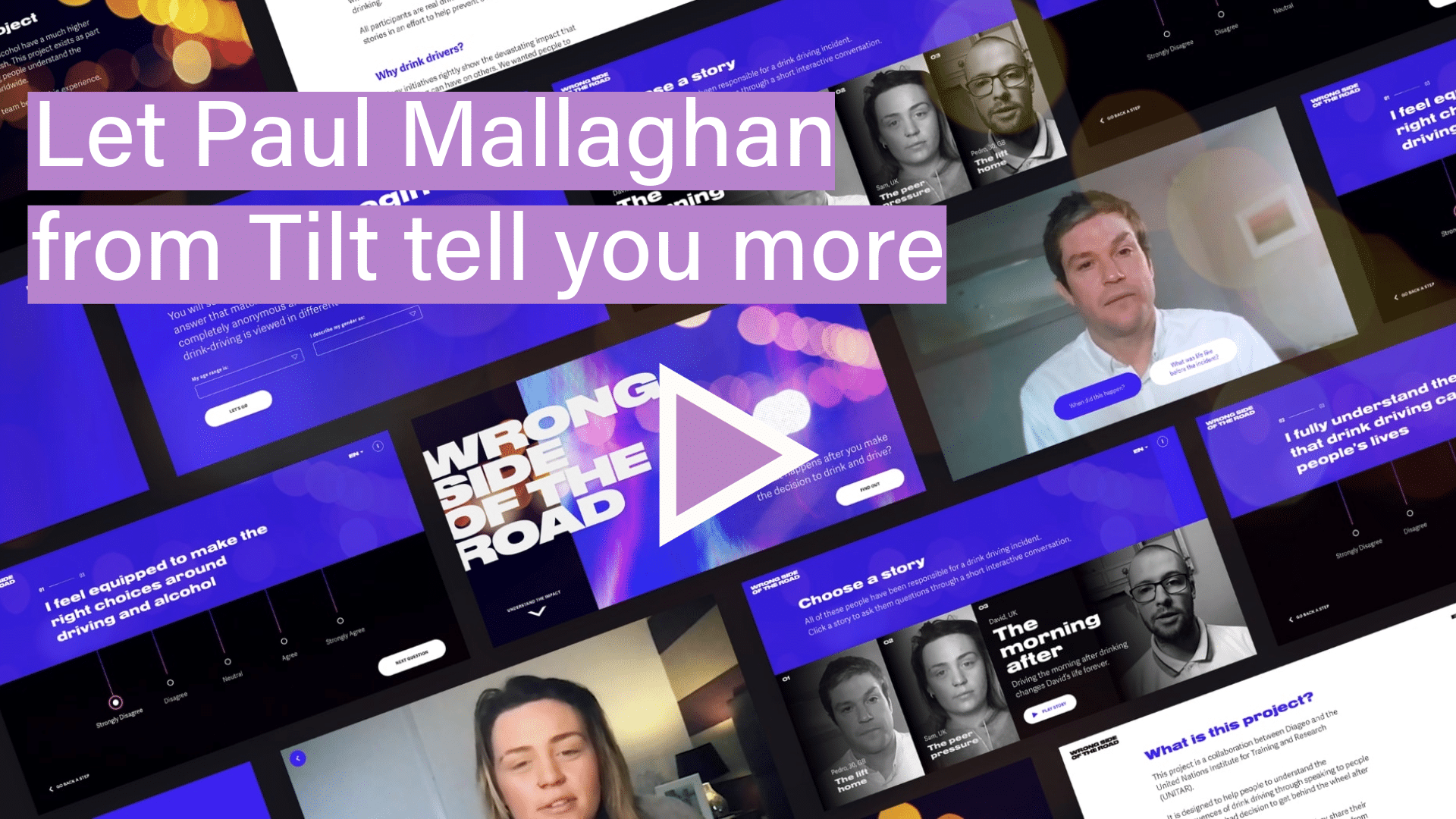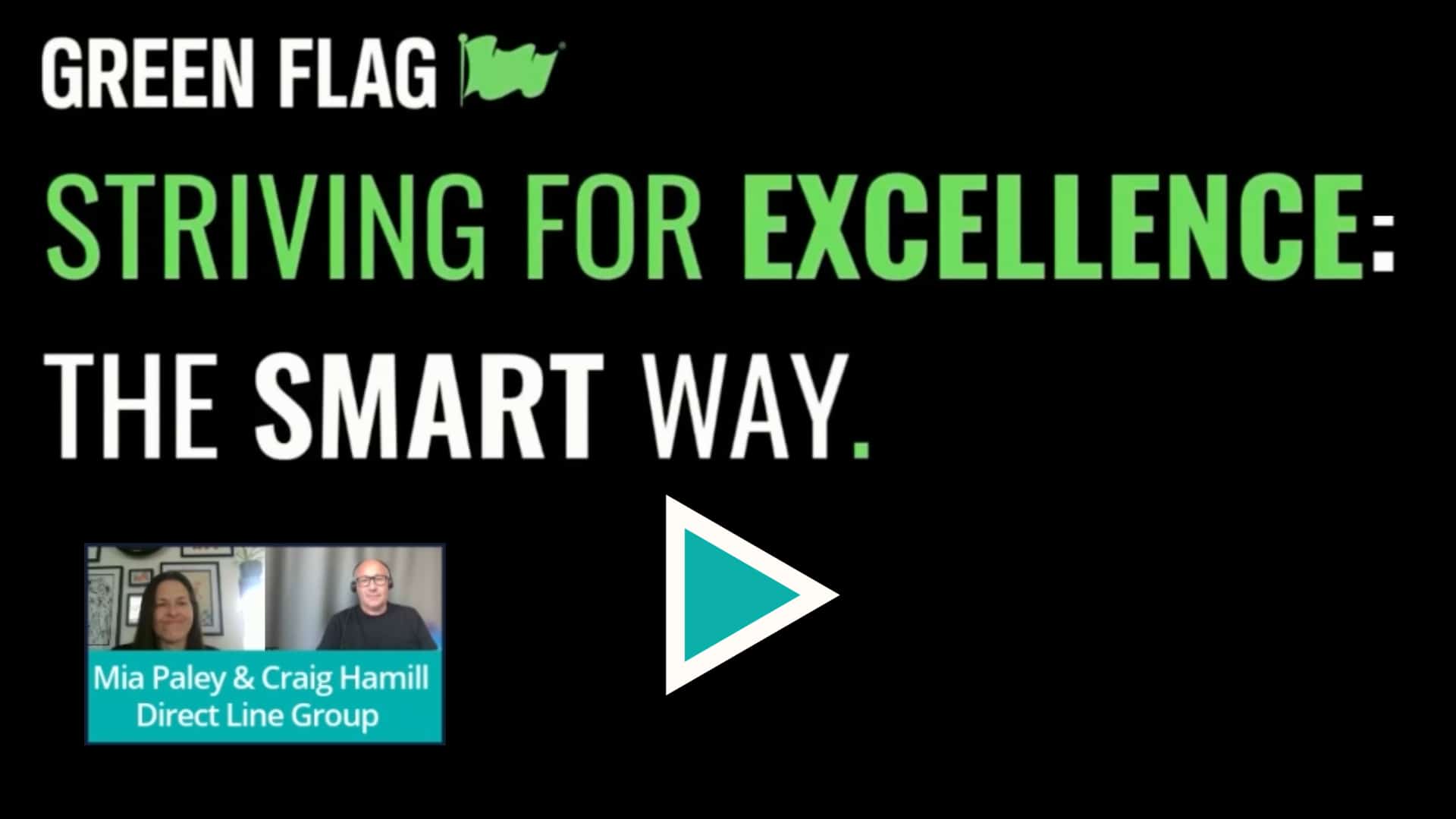by Brock Horning | May 2024
Budgets are tight right now. If you’re paying out for some new software for your team or business, the pressure is on to secure that return on investment. To set yourself up for success, it’s essential to have a plan in place to track, measure and review the results of your project.
Adaptive, interactive video can transform the impact of your project, whether that is social awareness, training, customer engagement – the list goes on. It makes powerful experiences that viewers will remember long after linear video has faded from memory.
Here’s how to approach a results-driven interactive video campaign:
🔎 Tracking success: the fundamentals
▶︎ Identify the ultimate goal
Start at the very beginning. Define what exactly it is you are trying to do. Every decision you make within the campaign or project should be brought back to this initial aim. It’s also important that this aim is shared and supported by your whole team to make sure you are all on the same page.
▶︎ Choose the right KPI
Once the main aim has been agreed, work out which metric is best placed to measure effectiveness.
Don’t be tempted to go for a vague success KPI, as it will be harder to prove that the interactive video was the cause. Instead, really get to the heart of what you are trying to achieve.
For example, it could be tempting to use the number of video views as your KPI. But if the ultimate aim is to spark attitudinal change then this is going to be hard to prove.
▶︎ Set SMART goals
Expectations are a tricky thing. Overpromise the possibilities and everyone will come away disappointed. Underpromise and you won’t secure the budget. You’ve probably heard of SMART goals (Specific, Measurable, Achievable, Relevant and Time-based). It’s a great place to start when setting your targets.
In many cases, you’ll already have a set of processes that are in place such as a set of linear videos for employee training. These can set a natural benchmark for what you are seeking to improve on.
📈 Examples of measuring the results of your interactive video
Rather than measure view count, here are some examples of how to measure the results.
▶︎ Measure attitudinal change
When beverage giant Diageo briefed creative agency We Are Tilt, the ultimate aim was to change attitudes towards drink-driving. A quick sting on social media just wasn’t going to prove that viewers attitudes had changed so the team turned to interactive video. Tilt measured viewer attitudes towards drink-driving going into the experience and coming out to measure the success of the campaign. The result? A whopping 90% displayed an attitude change. They understood the dangers better and were more aware of the consequences.
▶︎ Measure brand or information recall
Lifesaver is a series of short films teaching you how to respond when someone near you collapses. Resuscitation Council UK’s main goal was to train people in first response techniques – helping people to feel more confident by running through real-life scenarios. A before and after study revealed that while 37% of viewers felt confident performing CPR before the training, 74% felt confident afterwards. A huge jump. Not only that, 100% of people said they were much more likely to help out in a real emergency.
▶︎ Measure core business goals
When breakdown company Green Flag were looking to improve customer feedback and reduce errors in service delivery, they looked to their internal training sessions. They used customer feedback scores to measure success, comparing a focus group viewing the new interactive videos with the traditional route of linear video. Customer feedback from the focus group was highly positive and errors were greatly reduced. The latter also had direct cost implications as every error took budget to rectify.
Mia Paley and Craig Hamill from Direct Line Group joined us for our Adaptive Video for Learning webinar in May 2024. Catch up below:
💡 Interactive video platforms features that boost a results-driven approach
Make sure your interactive video platform can provide the following features that will save time, money and stress.
▶︎ Analytics: Gather qualitative customer data
Marketing should be a two-way street of communication. Give people opportunities to feedback through the customer journey and marketing teams will find they understand their needs and requirements better. With interactive video, opportunities for this feedback are presented in a fun and engaging format, making customers much more likely to share that qualitative data. Deep dive into the analytics dashboard to quickly reveal what your customers care about and give more personalised experiences.
When it comes to ROI, qualitative customer data is worth its weight in metaphorical gold. Gaining insight into what your customers are looking for and how you can best guide them through your products or services will keep your customer loyal and coming back for more.
▶︎ Hosted centrally: Update everywhere, instantly
Evergreen content, made to be always relevant, is some of the most cost-efficient content going. However, there will always be times when you will need to update sections or scenes. Remaking the project and replacing it in every digital location it has been hosted can be a time-consuming process.
When you create your video in Stornaway, your projects are played from our central servers. This means that wherever the interactive video has been embedded or displayed, marketing teams just need to update the central project and the changes will be displayed everywhere. A real time and money saver.
▶︎ Value for money
Getting value for money is naturally the best starting point to secure return on investment. In the relatively recent past, creating interactive videos required extensive coding work and long time frames. Today, making interactive videos is quick and easy with no coding required at any point – even if you are making content for VR headsets.
We’ve got an overview and comparison of leading interactive and immersive video platforms to compare costs and value for money.



